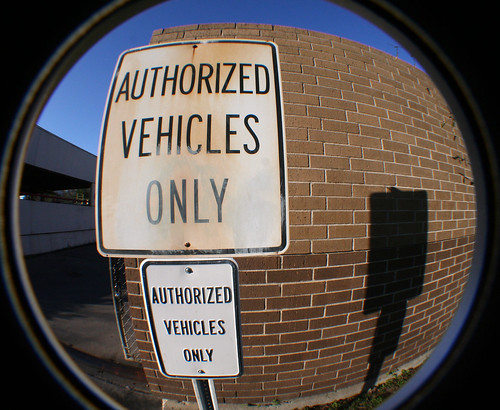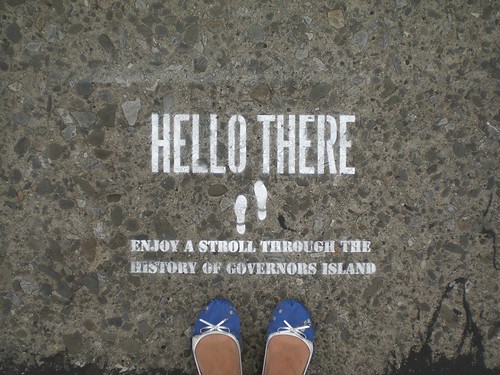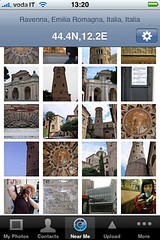You want to develop an iPhone app that interacts with Flickr content? This sounds pretty good. And the Flickr API provides you with an authorization workflow that is particularly adapted for this device. And Flickr members love their iPhones.
An authorization workflow you say, but why? Let me step back for a moment. First you may not need to authorize your application. This is needed only if your app needs to make authenticated API calls. That means if the users of your app access in a non anonymous way the Flickrverse: accessing non-public content, commenting, tagging, deleting, etc… In order for this to happen in a safe environment (for you and our users), a 3-way authorization needs to happen between Flickr, you and our mutual users, typical of social engineering interactions.
So how does this work?
Step 0
You need to setup your application.
- Get an API key that uniquely identifies your application.
- Configure your application to be web-based (yes, this can seem odd but this is the smoothest user experience on the iPhone) and specify the authorization callback URL (it will be used in Step 3.) I suggest not to use the http:// protocol reserved for the web but your own, like
myapp://
There exists already a workflow explanation from developer stand point, but I’d like to add the specificities introduced by the use of a web-based authorization in an iPhone environment.
In the app, for each user you want to authorize:
Step 1
Create a login URL, specific to you application in the shape of http://flickr.com/services/auth/?api_key=%5Bapi_key%5D&perms=%5Bperms%5D&api_sig=%5Bapi_sig%5D and launch a web browser with this URL.
Step 2
Flickr will ask the user to sign-in into their account and present them with a page prompting them to authorize your application.
Step 3
If the user decides to authorize your application, Flickr will call the callback URL specified in Step 0. Here is the nice trick! This can actually launch back your application. All you have to do is to add a new entry for CFBundleURLTypes in your Info.plist:
<key>CFBundleURLTypes</key>
<array>
<dict>
<key>CFBundleURLName</key>
<string>MyApp's URL</string>
<key>CFBundleURLSchemes</key>
<array>
<string>myapp</string>
</array>
</dict>
</array>
See Apple’s documentation on Implementing Custom URL Schemes for more details.
Step 4
Your application is launched back by Flickr (through the browser and the iPhone OS) with a frob as one of the argument of the URL. The app is effectively a Flickr auth handler. You can implement application:handleOpenURL: in a similar way as:
- (BOOL)application:(UIApplication *)application handleOpenURL:(NSURL *)url
{
if (NSOrderedSame == [[url scheme] caseInsensitiveCompare:@”flickrApp”]) {
// query has the form of "&frob=", the rest is the frob
NSString *frob = [[url query] substringFromIndex:6];
// Keep the frob for Step 5 and schedule Step 5
return YES;
} else {
Return NO;
}
}
Step 5
Your app makes an API call to convert this frob into a token. The frob is valid only for a certain time. The token will be used for the API calls that require authentication. This token is what uniquely identifies the use of your API key for a specific user on Flickr. You can save it using NSUserDefaults for next time the user uses the application without having to reauthorize the application. Even better to use KeyChain. Note that you should use checkToken to make sure the user has not de-authorized the application otherwise your authenticated call may fail for no apparent reasons.
I would like to take the opportunity of this blog post to recommend an excellent library to develop iPhone apps interacting with flickr: ObjectiveFlickr.
Have a good hack!
Jérôme Decq, from his home outside of Paris, singled handedly runs the Flickr Desktop Uploadr development, as well as hacking on making Flickr avaiable on a wide range of platforms, and photographing purple ducks.








